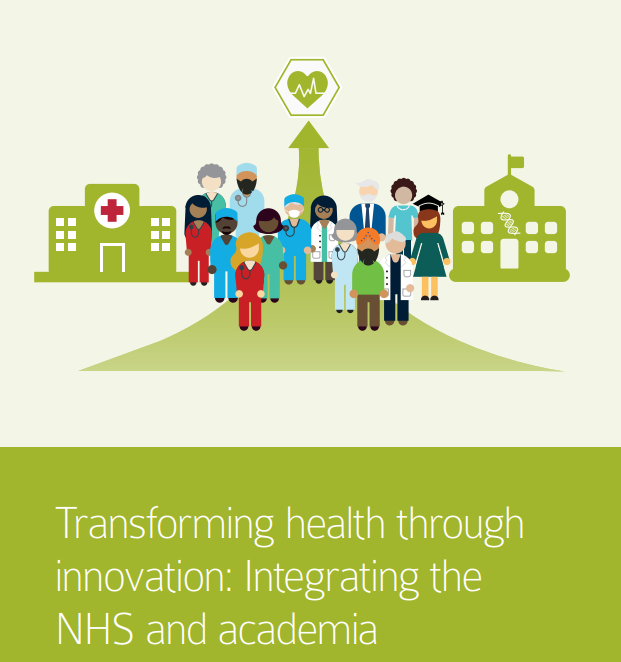McKinney, S. M., et al. |2020| International evaluation of an AI system for breast cancer screening| Nature| 577|(7788)| P. 89-94.
An international team of researchers including experts from Imperial College London trained and tested an artificial intelligence (AI) system screening using a simulation of the double-reading process that is used in the UK. 29000 mammography images were used to demonstrate that the AI system was able to correctly identify cancers from the images with a similar degree of accuracy to expert radiologists, and holds the potential to assist clinical staff in practice.

The authors of the paper found that the computer algorithm (AI system) maintained non-inferior performance and reduced the workload of the second reader by 88%. This robust assessment of the AI system paves the way for clinical trials to improve the accuracy and efficiency of breast cancer screening (Source: Imperial College London).
Full press release from Imperial College London Artificial intelligence could help to spot breast cancer
Screening mammography aims to identify breast cancer at earlier stages of the disease, when treatment can be more successful1. Despite the existence of screening programmes worldwide, the interpretation of mammograms is affected by high rates of false positives and false negatives2. Here we present an artificial intelligence (AI) system that is capable of surpassing human experts in breast cancer prediction. To assess its performance in the clinical setting, we curated a large representative dataset from the UK and a large enriched dataset from the USA. We show an absolute reduction of 5.7%and 1.2% (USA and UK) in false positives and 9.4% and 2.7% in false negatives. We provide evidence of the ability of the system to generalize from the UK to the USA. In an independent study of six radiologists, the AI system outperformed all of the human readers: the area under the receiver operating characteristic curve (AUC-ROC) for the AI system was greater than the AUC-ROC for the average radiologist by an absolute margin of 11.5%. We ran a simulation in which the AI system participated in the double-reading process that is used in the UK, and found that the AI system maintained non-inferior performance and reduced the workload of the second reader by 88%. This robust assessment of the AI system paves the way for clinical trials to improve the accuracy and efficiency of breast cancer screening.
Paper: International evaluation of an AI system for breast cancer screening




